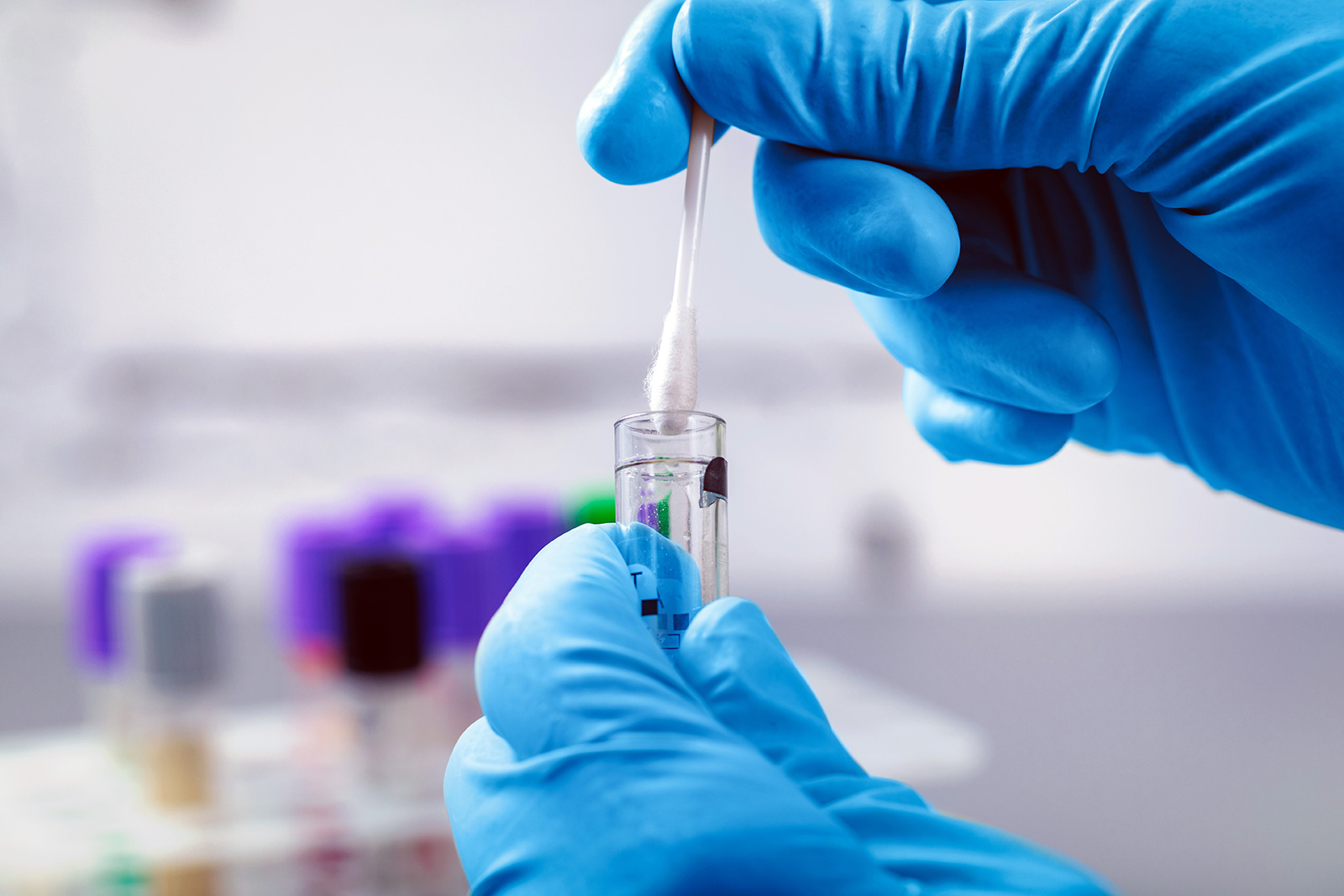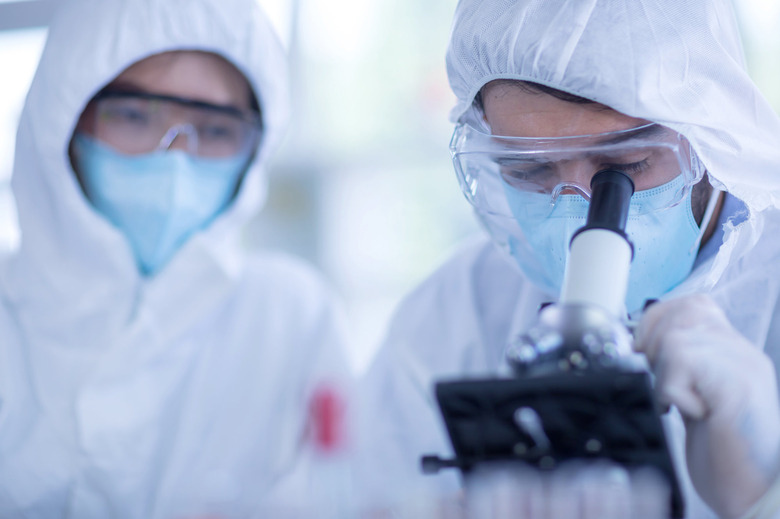Scientists Took A Big Step Toward Creating Synthetic Life
It has taken more than a decade, but scientists have finally reached a major step in the goal to create synthetic life in the lab. According to a new study led by a team from Macquarie University in Australia, researchers have finally assembled the final chromosome in a synthetic yeast.
This might not sound like much to most. After all, yeast is a pretty simple product, right? However, the researchers chose yeast because the technique they are developing has the potential to produce foodstuffs that could survive widespread disease and the ongoing climate changes we're currently seeing.
This is the first time—that anyone knows—that a synthetic eukaryotic genome has been constructed in full. It follows the successes of recreating life with simpler bacteria organisms and is a proof of concept that we could create synthetic life in the form of more complex organisms in the future.

Of course, this doesn't mean we can just start growing completely artificial yeast right now. But, it does mean, at least, that scientists have taken a massive step forward in being able to recode the cells of living yeast. However, the researchers do note that a lot more research is needed to refine and scale the process up.
But this technique of creating synthetic life in the lab isn't just tied to foodstuffs. Scientists believe it could also be applied to sustainable materials and medicines. We've already seen major leaps forward in sustainable materials like carbon-neutral concrete, but this could open even more doors for accessibility.
The research is part of a much broader project called the Sc2.0 project. Humanity's efforts in genetic research continue to grow more ambitious. While we might have once peaked at creating genetically modified mosquitos and dreams of creating hypoallergenic cats, this new research could take us to much higher levels of genetic modification.
